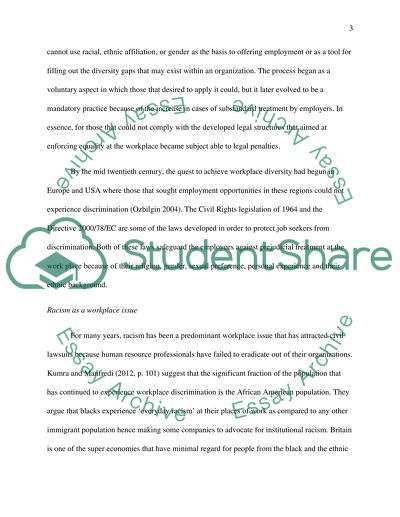Cite this document
(“Managing a global and diverse workforce Essay Example | Topics and Well Written Essays - 2000 words”, n.d.)
Managing a global and diverse workforce Essay Example | Topics and Well Written Essays - 2000 words. Retrieved from https://studentshare.org/human-resources/1489707-managing-a-global-and-diverse-workforce
Managing a global and diverse workforce Essay Example | Topics and Well Written Essays - 2000 words. Retrieved from https://studentshare.org/human-resources/1489707-managing-a-global-and-diverse-workforce
(Managing a Global and Diverse Workforce Essay Example | Topics and Well Written Essays - 2000 Words)
Managing a Global and Diverse Workforce Essay Example | Topics and Well Written Essays - 2000 Words. https://studentshare.org/human-resources/1489707-managing-a-global-and-diverse-workforce.
Managing a Global and Diverse Workforce Essay Example | Topics and Well Written Essays - 2000 Words. https://studentshare.org/human-resources/1489707-managing-a-global-and-diverse-workforce.
“Managing a Global and Diverse Workforce Essay Example | Topics and Well Written Essays - 2000 Words”, n.d. https://studentshare.org/human-resources/1489707-managing-a-global-and-diverse-workforce.


